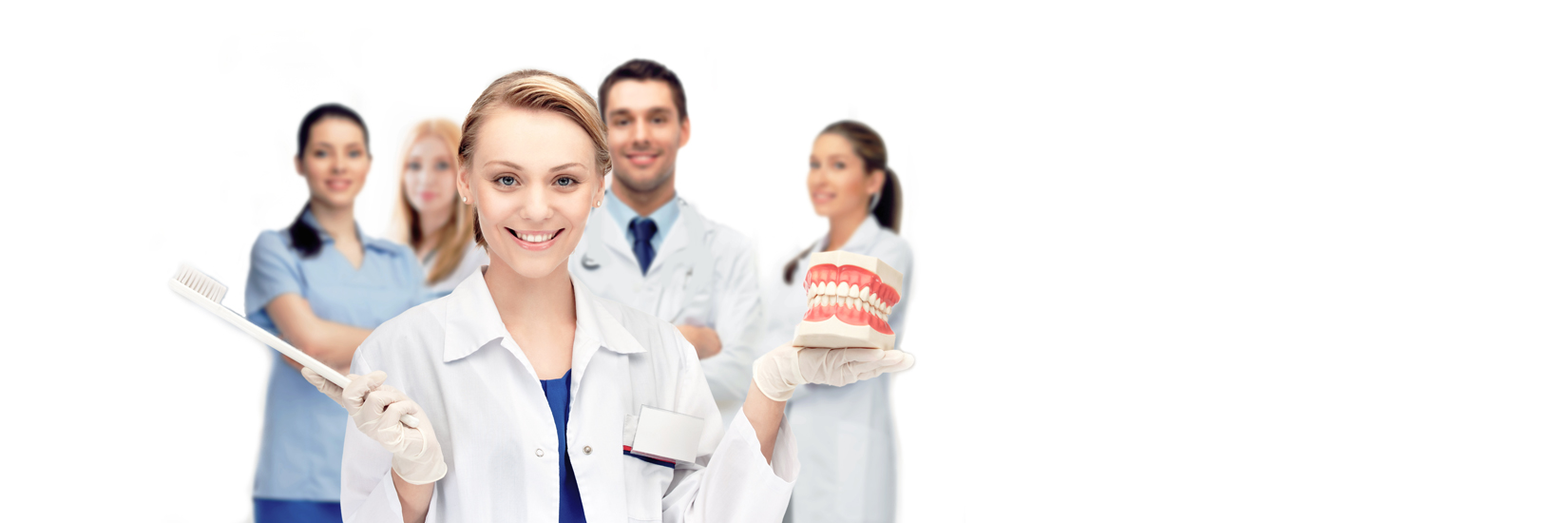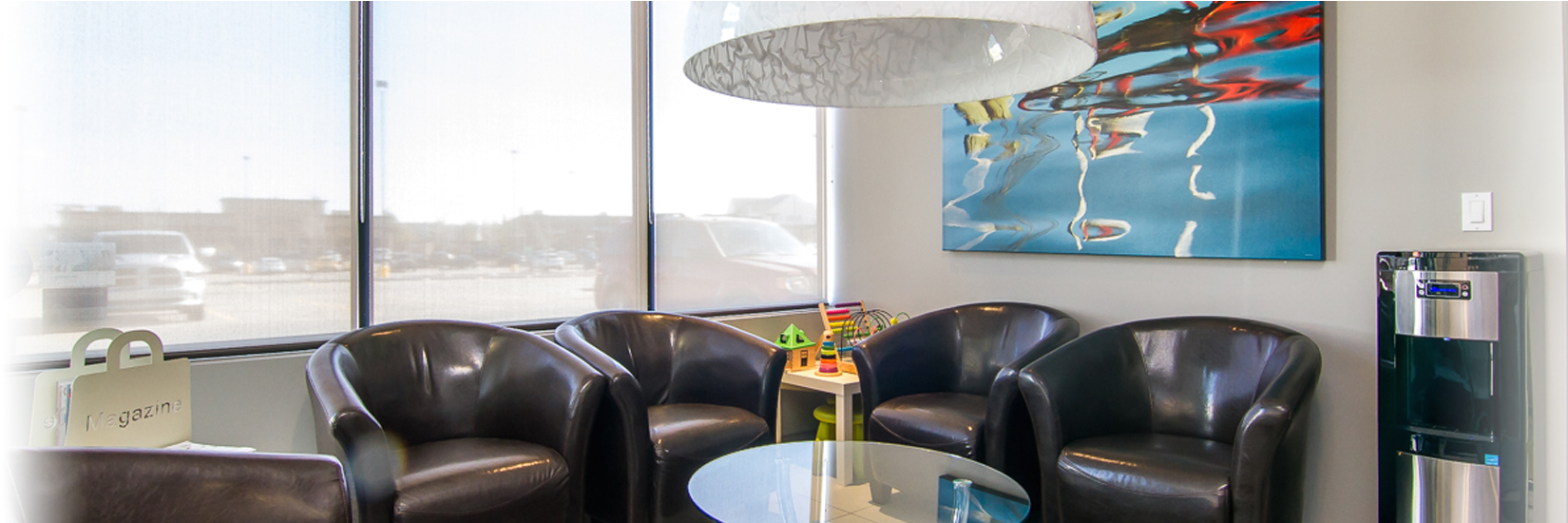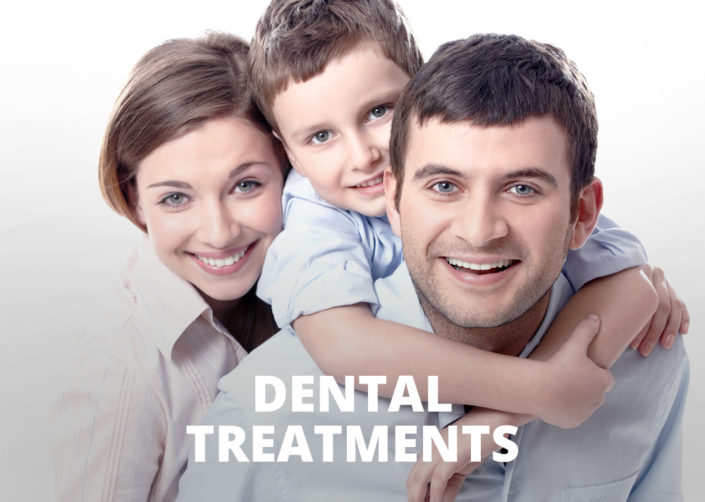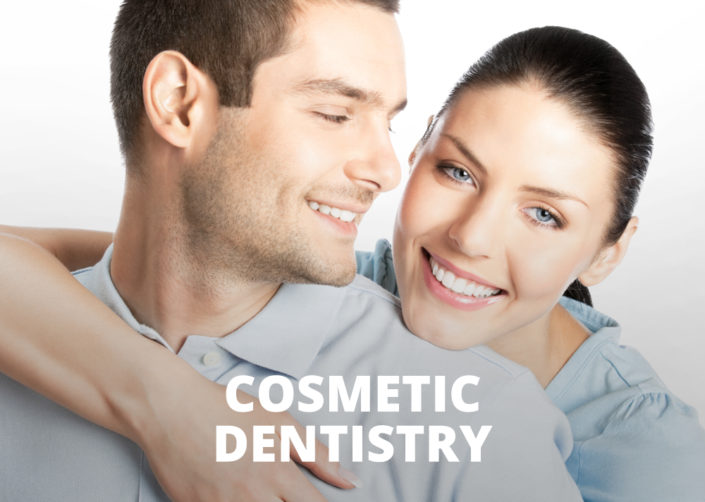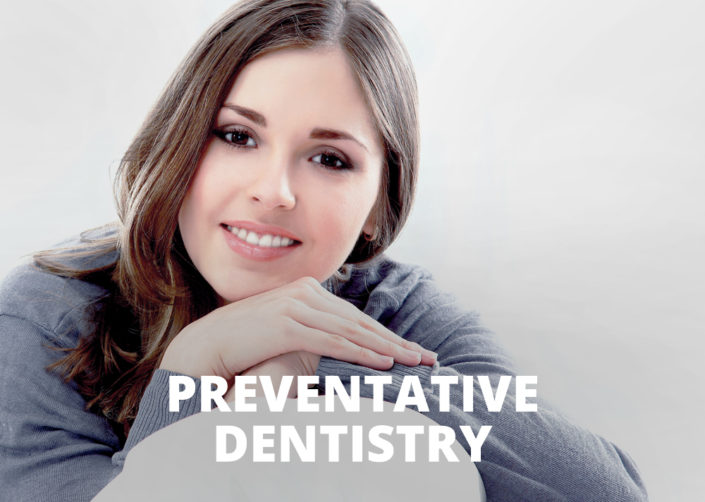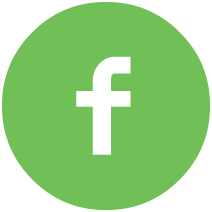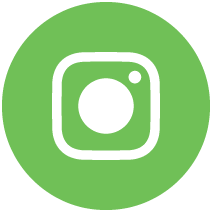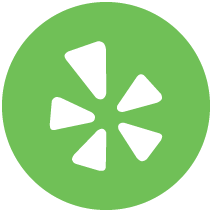Home Care
Brushing and flossing are of paramount importance to oral hygiene. Though professional dental cleanings remove plaque, tartar and debris, excellent home care habits are equally valuable. Proper brushing and flossing can enhance the health of the mouth, make the smile sparkle and prevent serious dental diseases. Some reasons why proper brushing and flossing are essential are listed here for your convenience.
PREVENTION OF HALITOSIS
Bad breath (halitosis) is usually caused by old food particles on or between the teeth. These food particles can be removed with regular brushing and flossing; leaving the mouth healthier and breath smelling fresher.
PREVENTION OF STAINING
Staining or the yellowing of teeth can be caused by a wide variety of factors such as smoking, coffee and tea. The more regularly these staining agents are removed from the teeth using brushing and flossing techniques, the less likely it is that the stains will become permanent.
PREVENTION OF TOOTH DECAY
Tooth decay is one of the leading causes of tooth loss, and its treatment often requires complex dental procedures. Tooth decay occurs when the acids found in plaque erode the natural enamel found on the teeth. This phenomenon can easily be prevented by using proper home hygiene methods.
PREVENTION OF PERIODONTAL DISEASE
Periodontal disease is a serious, progressive condition which can cause tooth loss, gum recession and jawbone recession. Periodontal disease is caused by the toxins found in plaque, and can lead to serious health problems in other parts of the body. Regular brushing and flossing are excellent ways to stave off periodontal problems.
THE PROPER WAY TO BRUSH
The teeth should be brushed at least twice a day; ideally in the morning and before bed. The perfect toothbrush is small in size with soft, rounded-end bristles and no more than 3 months old. The head of the brush needs to be small enough to access all areas of the mouth, and the bristles should be soft enough so as not to cause damage to the gum tissue. The American Dental Association (ADA) has given electric toothbrushes their seal of approval; stating that those with rotating or oscillating heads are more effective than other toothbrushes.
Tips on proper and effective brushing:
- Place the toothbrush at a 45-degree angle where the gums and teeth meet
- Use small circular motions to gently brush the gumline and teeth
- Do not scrub or apply too much pressure to the teeth, as this can damage the gums and tooth enamel
- Brush every surface of every tooth, cheek-side, tongue-side, and chewing surfaces
- Place special emphasis on brushing surfaces of the back teeth
- Use back and forth strokes to brush the chewing surfaces
- Brush the tongue to remove fungi, food and debris
THE PROPER WAY TO FLOSS
Flossing is a great way to remove plaque from regions between the teeth. These regions are difficult to reach with a toothbrush. Flossing is an especially important tool for preventing periodontal disease and limiting the depth of the gum pockets. The flavor and type of floss have no bearing on the efficacy of the flossing; choose floss that will be easy and pleasant to use.
Here is a basic guide to proper flossing:
- Cut a piece of floss to around 18” long
- Wrap one end of the floss around the middle finger of the left hand and the other end around the middle finger of the right hand until the hands are 2” to 3” apart.
- Work the floss gently between the teeth toward the gum line
- Curve the floss in a U-shape around each individual tooth and carefully slide it beneath the gum line
- Carefully move the floss up and down several times to remove interdental plaque and debris
- Do not pop the floss in and out between the teeth as this will inflame and cut the gums
If you have any questions about the correct way to brush or floss, please ask your dentist or dental hygienist.
RINSING
It is important to rinse your mouth with water after brushing, and also after meals if you are unable to brush. If you are using an over-the-counter product for rinsing, it’s a good idea to consult with your dentist or dental hygienist on its appropriateness for you. Other dental aids may be recommended by your dentist or dental hygienist including: interdental brushes, rubber tip stimulators, tongue cleaners, irrigation devices, fluoride, medicated rinses, etc.…

